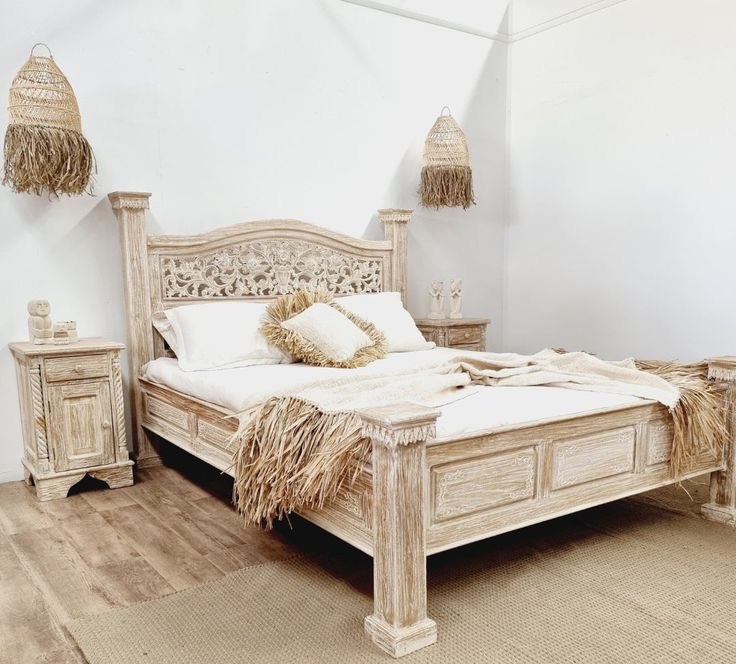
Introduction
Bali, a paradise island known for its stunning landscapes, vibrant culture, and serene beaches, has been facing increasing environmental challenges due to tourism and rapid development. In recent years, a burgeoning trend has emerged that seeks to balance the island's economic growth with environmental sustainability: the use of refurbished wood. This practice not only preserves Bali's natural resources but also offers a host of other benefits, making it a promising material for the future. This extensive exploration will delve into why Bali refurbished wood is becoming an essential part of sustainable living and its potential to revolutionize various industries.
Deforestation and Its Impact
Indonesia, including Bali, has experienced significant deforestation over the past few decades. The island's forests have been cleared for agriculture, logging, and urban development. This deforestation has led to habitat loss, decreased biodiversity, and increased greenhouse gas emissions, contributing to global climate change.
The Importance of Sustainable Practices
To mitigate these adverse effects, sustainable practices are crucial. These include conservation efforts, reforestation, and the use of environmentally friendly materials. Refurbished wood is at the forefront of these sustainable practices, offering a viable solution to the environmental challenges Bali faces.
What is Refurbished Wood?
Refurbished wood, also known as reclaimed or recycled wood, is timber that has been previously used in construction, manufacturing, or other applications and is repurposed for new uses. This process involves salvaging wood from old buildings, furniture, or other structures, cleaning and treating it, and then reusing it in new projects.
The Process of Refurbishing Wood
1. Salvaging: The first step involves identifying and extracting usable wood from old structures. This can include beams, planks, doors, and more.
2. Cleaning and Treating: Once salvaged, the wood is cleaned to remove dirt, nails, and other debris. It is then treated to ensure it is free from pests and to enhance its durability.
3. Repurposing: The refurbished wood is then milled and cut to size for use in new construction, furniture making, or other applications.
Benefits of Using Refurbished Wood
Environmental Benefits
1. Reduces Deforestation: By reusing existing wood, the demand for newly harvested timber decreases, reducing the pressure on forests and helping to preserve natural habitats.
2. Decreases Landfill Waste: Salvaging wood from old structures prevents it from ending up in landfills, reducing waste and promoting a circular economy.
3. Lowers Carbon Footprint: The process of refurbishing wood typically requires less energy than producing new timber, resulting in lower carbon emissions.
Economic Benefits
1. Cost-Effective: Refurbished wood can be more affordable than new wood, providing a cost-effective option for builders and consumers.
2. Creates Jobs: The process of salvaging, treating, and repurposing wood creates job opportunities in local communities.
3. Promotes Local Businesses: Many small businesses in Bali specialize in refurbishing wood, supporting the local economy and promoting sustainable entrepreneurship.
Aesthetic and Functional Benefits